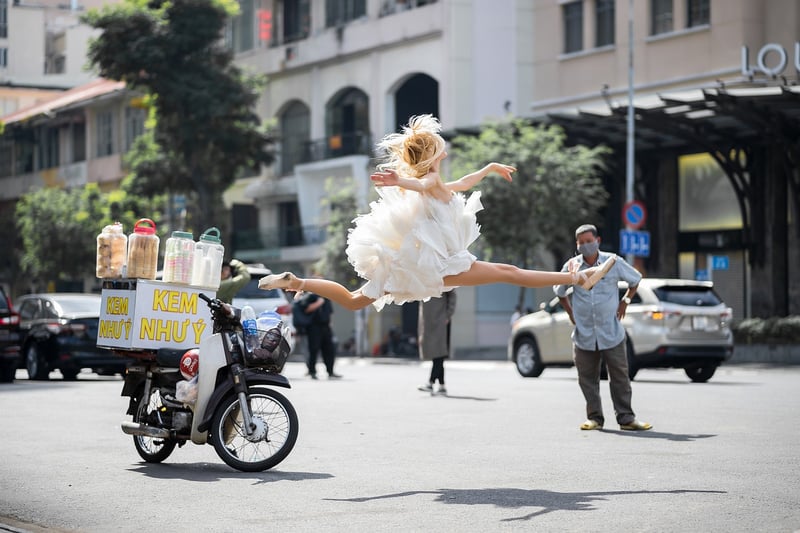Hip Hop
Expressive Movement and Artistry in Hip Hop
When it comes to dance, Hip Hop stands out as a genre that combines expressive movement with artistry in a unique and captivating way. From its roots in the streets to global stages, Hip Hop dance has evolved into a powerful form of artistic expression that resonates with people of all ages and backgrounds.
The Roots of Hip Hop Dance
Hip Hop dance originated in the 1970s in the Bronx, New York, as a way for marginalized communities to express themselves through movement. Influenced by a mix of African, Caribbean, and Latino dance styles, Hip Hop quickly became a cultural phenomenon that reflected the realities of urban life.

Expressive Movement
One of the defining features of Hip Hop dance is its emphasis on individuality and self-expression. Dancers use a combination of fluid movements, intricate footwork, and powerful gestures to convey emotions and tell stories through their bodies.
Key Elements of Hip Hop Dance
- B-boying/B-girling (Breaking)
- Locking
- Popping
- Waacking
- Krumping
Artistry in Hip Hop
Beyond the physicality of the movements, Hip Hop dance is also a form of artistry that requires creativity, innovation, and a deep connection to the music. Dancers often use improvisation and freestyle to showcase their skills and push the boundaries of traditional dance forms.

The Evolution of Hip Hop Dance
Over the decades, Hip Hop dance has evolved and diversified, giving rise to various styles and sub-genres that continue to push the boundaries of movement and creativity. From commercial dance to underground battles, Hip Hop remains a dynamic and ever-changing art form.
Conclusion
In conclusion, Hip Hop dance is a powerful blend of expressive movement and artistry that continues to captivate audiences around the world. As a form of cultural expression and creative innovation, Hip Hop dance serves as a testament to the resilience and creativity of the human spirit.
